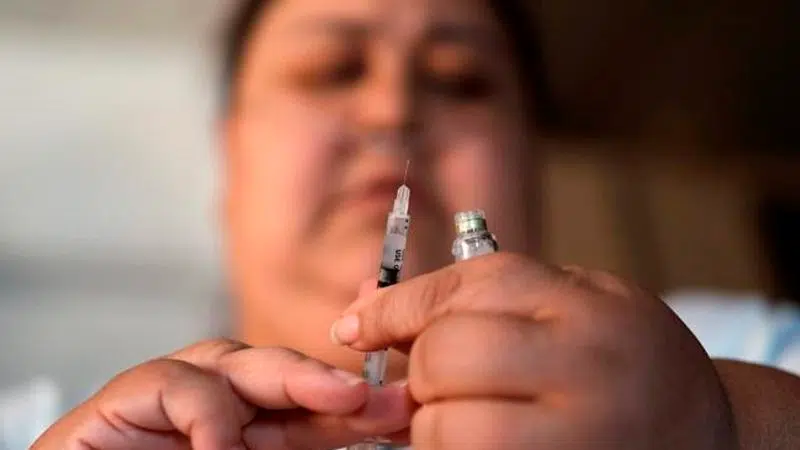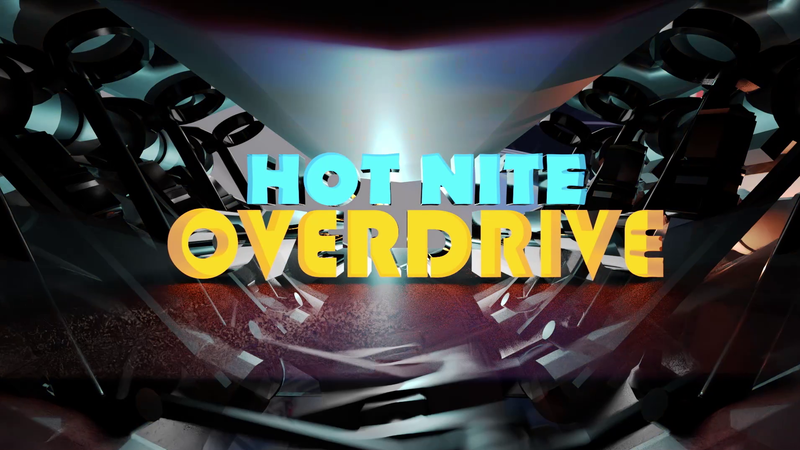
Americans head to Canada to buy cheap insulin; some worry about supply here
TORONTO — The soaring cost of insulin in the United States prompted a group of American diabetics to head to Canada on Friday to buy the non-prescription drug at a fraction of the price.
The group of about 25 left Minneapolis, Minn., for London, Ont., where they also plan to hold a press conference to draw attention to the affordability plight.
One of the organizers, Quinn Nystrom, who is making her second such expedition, said insulin prices south of the border have skyrocketed in two decades.
“One in four Americans are rationing their insulin because they cannot afford it, so people are dying,” Nystrom, 33, said in an interview as she prepared to leave. “It’s a tragedy.”


